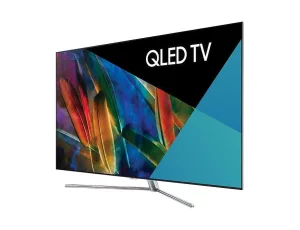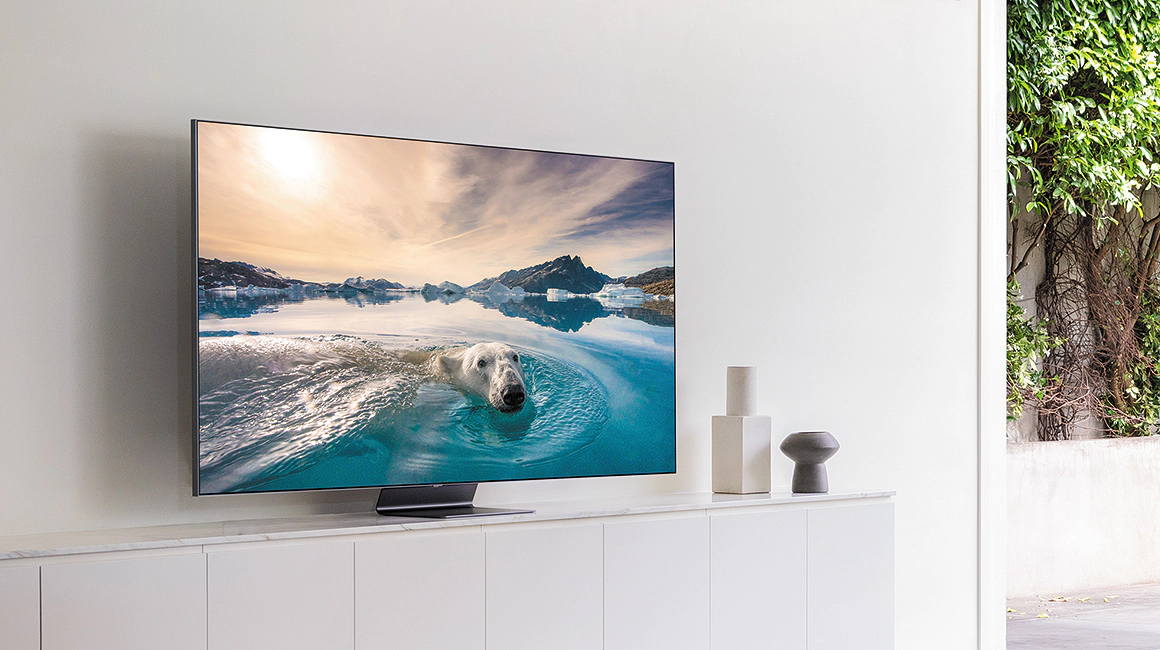Are you in the market for a new TV and wondering whether to choose QLED or UHD technology? In this article, we’ll explore the difference between these two technologies and help you determine which one is right for you.
The Difference Between UHD and QLED Technologies for TVs
UHD, or Ultra High Definition, refers to the resolution of the TV display. A UHD TV has a resolution of at least 3840×2160 pixels, providing four times the resolution of standard HD displays. This means you’ll enjoy a more detailed and immersive viewing experience with UHD technology. It’s also known as 4K resolution, with approximately 4,000 pixels across the screen’s width.
Also Read – QuickBooks Error Support Number
On the other hand, QLED, or Quantum Dot Light Emitting Diode, is a technology used in the backlighting of TVs. It allows for more precise color reproduction and higher brightness levels, resulting in more accurate and vibrant colors than traditional LED backlighting. QLED TVs use tiny particles called quantum dots to produce lifelike and immersive images. In terms of picture quality, both QLED and UHD offer significant improvements over traditional HD displays. However, QLED technology is often considered superior in terms of color accuracy and brightness, with better contrast ratios.

Factors to Consider When Choosing Between UHD and QLED TVs
When choosing between UHD and QLED, it ultimately comes down to personal preference and budget. UHD displays are widely available and tend to be more affordable than QLED displays. However, if you’re looking for the highest level of color accuracy and brightness, QLED may be the better option. Consider factors such as the size of the TV, viewing distance, and available content before making your decision.
In addition to UHD and QLED, you may have also heard of 4K and HDR TV technologies. 4K refers to the same resolution as UHD, while HDR, or High Dynamic Range, refers to a technology that enhances the TV’s contrast and color range, resulting in more vivid and lifelike images. These technologies can be combined with UHD or QLED to further enhance the TV viewing experience.
The Benefits of UHD and QLED Technologies for TV Displays
While UHD and QLED are both technologies related to television displays, they each provide different benefits to enhance the overall viewing experience.
UHD, or Ultra High Definition, refers to the display resolution of the TV, which is typically at least 3840×2160 pixels. This resolution provides four times the number of pixels compared to traditional HD displays, resulting in a more detailed and immersive viewing experience. UHD is also commonly referred to as 4K resolution, as it has approximately 4,000 pixels across the screen’s width.
On the other hand, QLED stands for Quantum Dot Light Emitting Diode, which is a type of backlighting technology used in televisions. QLED TVs use tiny particles called quantum dots to produce colors that are more accurate and vibrant than traditional LED backlighting. This technology results in more lifelike and immersive images, with brighter colors and deeper blacks.
Benefits and Advantages
One of the key benefits of QLED technology is its ability to provide more accurate and vibrant colors. This is due to the use of quantum dots, which are able to produce a wider range of colors than traditional LED backlighting. QLED displays are also known for their high brightness levels, which can make a big difference when viewing the content in a bright room.
On the other hand, UHD displays are more widely available and tend to be more affordable than QLED displays. They offer a significant improvement in picture quality compared to traditional HD displays, with more detail and sharper images. UHD displays are also more compatible with a wider range of content, as many streaming services and devices now support UHD resolution. If you’re in the market for a visually attractive motherboard that also delivers top-notch performance, look no further.

Ultimately, the choice between UHD and QLED comes down to personal preference and budget. If you’re looking for the highest level of color accuracy and brightness, QLED may be the better option. However, if you’re on a budget or just looking for a solid improvement in picture quality, UHD is a great choice.
Conclusion
both UHD and QLED technologies offer significant improvements over traditional HD displays. UHD provides a higher resolution, while QLED offers more accurate and vibrant colors. Consider your personal preferences and budget when choosing between these technologies, and don’t forget to consider other technologies such as 4K and HDR as well. With the right technology, you can enjoy a truly immersive TV viewing experience.
FAQs
Q- What is the difference between QLED and UHD?
A- QLED is a technology used in the backlighting of TVs to provide more accurate and vibrant colors. UHD refers to the resolution of the TV display, providing a more detailed and immersive viewing experience.
Q- Which is better, QLED or UHD?
A- It ultimately depends on personal preference and budget. QLED technology is often considered superior in terms of color accuracy and brightness, but UHD displays are more widely available and tend to be more affordable.
A- Can QLED and UHD be combined?
Q- Yes, QLED and UHD can be combined to enhance the TV viewing experience.
